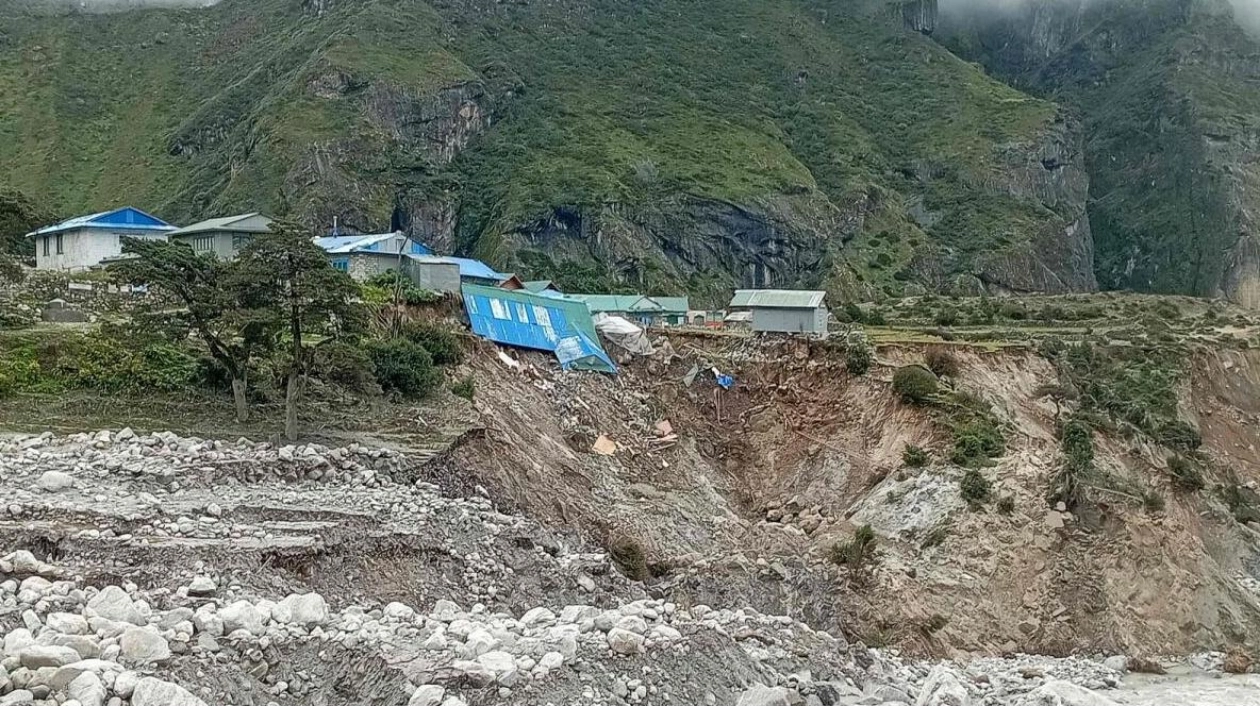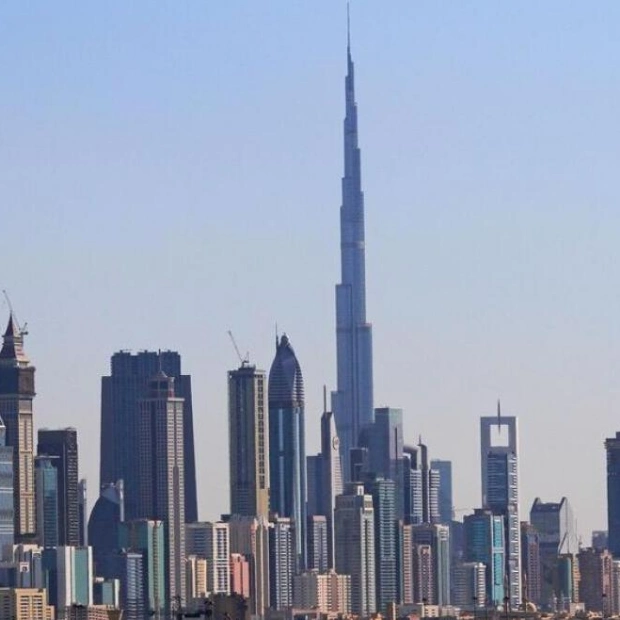Mingma Rita Sherpa was away when a sudden, muddy torrent swept through his village in Nepal, but upon his return, he found his once-beautiful settlement unrecognizable. In mere moments, freezing floodwaters engulfed Thame, located in the foothills of Mount Everest. Climate change scientists view this disaster as a harbinger of worse to come for the Himalayan nation.
"There is no trace of our house... nothing is left," Sherpa lamented. "It took everything we owned."
Nepal is grappling with its worst flooding in decades, as fierce monsoon rains have caused rivers to overflow, inundating entire neighborhoods in the capital, Kathmandu, and claiming at least 236 lives. Last weekend's calamity was just one of several disastrous floods that have struck the country this year.
Thame was submerged in August by a glacial lake that burst high in the mountains above the small village, renowned for its mountaineering residents. This village was once home to Tenzing Norgay Sherpa, the first person to climb Mount Everest alongside New Zealander Edmund Hillary.
"We are afraid to return, there are still lakes above," Sherpa said. "The fertile land is gone. It is hard to see a future there," he added, speaking from Kathmandu, where he has relocated.
A glacial lake outburst flood (GLOF) is the abrupt release of water collected in former glacier beds. These lakes, formed by the retreat of glaciers due to human-induced climate change, are often unstable because they are dammed by ice or loose debris.
Thame, a popular stop during the trekking season at an altitude of 3,800 meters (12,470 feet) beneath towering snow-capped peaks, was largely empty during the monsoon rains in August. Although no one was killed, the flood destroyed half of the village's 54 homes, a clinic, a hostel, and a school started by Hillary.
Sherpa, like many in the village, ran a lodge for foreign trekkers and worked as a technician at a hydropower plant, a crucial source of electricity in the region, which was also damaged. "Some are trying to rebuild, but the land is not stable. Parts continue to erode," he said.
Thame's residents are now scattered, with some staying in neighboring villages and others in Kathmandu. Local official Mingma Chiri Sherpa stated that authorities are surveying the area to assess the risks. "Our focus right now is to aid the survivors. We are working to help the residents rebuild or relocate," he said.
Experts warn that the flood in Thame is part of a disturbing trend. Glaciers are receding at an alarming rate, with hundreds of glacial lakes formed from glacial melt appearing in recent decades. In 2020, more than 2,000 such lakes were mapped across Nepal by experts from the Kathmandu-based International Centre for Integrated Mountain Development (ICIMOD), with 21 identified as potentially dangerous.
Nepal has drained lakes in the past and plans to drain at least four more. ICIMOD geologist Sudan Bikash Maharjan examined satellite images of the Thame flood, concluding it was a glacial lake outburst. "We need to strengthen our monitoring... so that we can, at least to some extent, predict and prepare," he said.
Scientists warn of a two-stage impact. Initially, melting glaciers trigger destructive floods. Eventually, the glaciers will dry up, bringing even greater threats. Glaciers in the wider Himalayan and Hindu Kush ranges provide crucial water for around 240 million people in the mountainous regions. Another 1.65 billion people depend on them in the South Asian and Southeast Asian river valleys below.
Former residents of Thame are raising funds, including Kami Rita Sherpa, who climbed Everest for a record 30th time this year. "The place has no future now," he said. "We are living at risk -- not just Thame, other villages downhill also need to be alert." The veteran mountaineer expressed concern for his beloved mountains. "The Himalayas have changed," he said. "We have now not only seen the impact of climate change, but experienced its dangerous consequences too."






